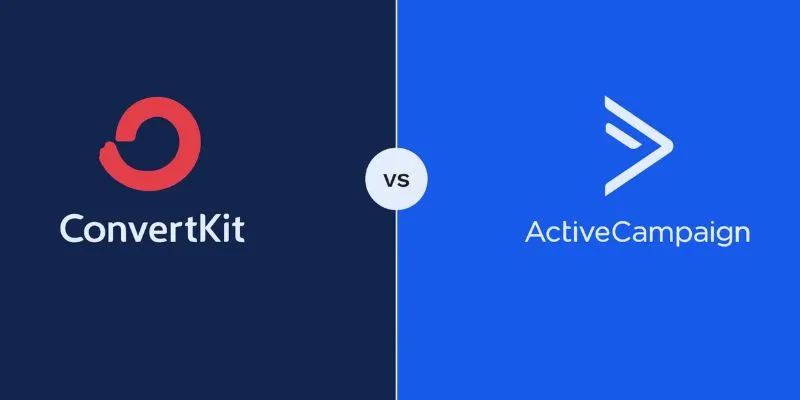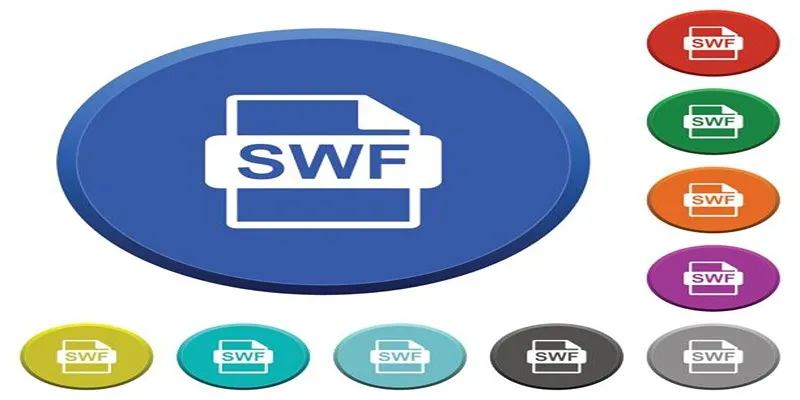OKR vs. KPI: What's the Difference and How Can You Use Them Together?
In today’s competitive, fast-paced corporate climate, companies are constantly seeking fresh approaches to track, evaluate, and enhance performance. As businesses expand and diversify, precise measurements become even more crucial. Popular performance-oriented tools include OKRs and KPIs. Although often used interchangeably, these tools serve different purposes. OKRs are strategic, forward-looking tools that focus teams on the business’s goals, while tactical KPIs provide quantitative operational insights based on consistent performance monitoring.

KPIs and OKRs: Understanding the Basics
Though they serve distinct purposes both operationally and conceptually, OKRs and KPIs are essential tools for performance evaluation and goal setting. Originally developed at Intel and later adopted by Google, OKRs have been instrumental in growing creative teams. An OKR shows progress through quantitative key results, while its qualitative purpose is high and inspirational. Objectives define “what” needs to be achieved, and key results define “how” to achieve them. This framework encourages innovation, cross- functional teamwork, and a focus on excellence.
KPIs, on the other hand, are accepted benchmarks used to evaluate the progress of an activity or company towards stated objectives. They track performance in real-time and are closely linked with business processes. Unlike OKRs, which motivate teams to achieve high standards, KPIs assess an organization’s operational performance. They can measure client satisfaction, website bounce rates, or monthly income, supporting operational assessments, performance reviews, and decision-making.
The Essential Variations between KPIs and OKRs
Despite both being performance management tools, OKRs and KPIs have distinct roles in organizational strategy. OKRs encourage teams to engage in challenging, high-impact initiatives, transforming them in the process. Typically set with a quarterly deadline, their ambitious nature means that even partial achievement can be noteworthy. OKRs aim to create ambitious objectives that challenge the team or company’s limitations.
In contrast, KPIs focus on operations and maintenance, maintaining business efficiency and evaluating process performance. Usually consistent, KPIs direct ongoing activities. While KPIs represent “how well we’re doing,” OKRs define “where we want to go.” OKRs are ideal for promoting significant change, while KPIs help evaluate daily work and preserve consistency.
When to Use OKRs vs. KPIs
Choosing OKRs over KPIs can significantly enhance goal-setting and performance assessments, especially for companies entering a new growth phase, launching creative initiatives, or changing their approach. In these cases, OKRs inspire and unite teams, providing a roadmap that connects high-level goals to specific actions, enabling companies to focus on what is essential. Their deadlines help teams remain accountable and track development.
Conversely, KPIs ensure operational excellence and corporate continuity. They are crucial for maintaining standards, maximizing resources, and tracking efficiency. For instance, in customer service, metrics like average response time, resolution rate, and customer satisfaction score are KPIs that help evaluate performance. These metrics guarantee consistent service delivery, identify obstacles, and enable data-driven improvements, emphasizing consistency and gradual progress.
How to Combine KPIs and OKRs Effectively
Companies should integrate KPIs and OKRs into their performance management tools. This combination allows organizations to dream big while remaining pragmatic. A marketing team, for example, could design an OKR to increase brand awareness based on campaign reach or content interaction. Simultaneously, KPIs could help them examine continuous marketing channels for consistency and quality.
Integration relies on alignment. KPIs, which indicate health, should guide OKRs. During quarterly reviews, teams should assess OKR performance and KPI trends to understand their outcomes better. Leaders must demonstrate how KPIs influence OKRs and vice versa to foster a culture where actionable data supports aspirational goals. This holistic approach enhances both operational and strategic resilience.
Avoid Common Mistakes
Misusing OKRs and KPIs can lead to poor morale, inefficiencies, and confusion, as with any management system. Setting overly broad or unclear OKR targets might result in ambiguity and a lack of focus. Additionally, having too many OKRs can complicate priorities and dilute team efforts. Significant results should be explicitly connected to the aim, ambitious, and realistic. Companies should reserve OKRs for strategic initiatives rather than every activity.
Moreover, KPI misuse can lower its effectiveness. Overemphasizing vanity metrics—those that appear attractive but lack substance—is problematic. For instance, metrics like total website visits and social media likes can be misleading without deeper interaction or conversion rates. Another common mistake is tracking too many KPIs without clear success definitions. Each KPI should serve a purpose and be routinely checked to ensure alignment with corporate objectives.
Applied Uses and Case Studies
Successful businesses have demonstrated how KPIs and OKRs can enhance strategy and performance. Google, the inventor of OKR, uses aspirational targets to inspire creativity across various divisions. Each quarter, teams set aggressive OKRs and evaluate performance using KPIs, helping the company maintain operational stability and health while pursuing revolutionary goals.
Spotify is another notable example. OKRs enable this music streaming giant to launch fresh ideas and enhance user experience. Teams across departments aim for OKRs that align with organizational objectives. Meanwhile, KPIs like user retention, average listening length, and system uptime are continuously tracked to ensure platform reliability and engagement. This balance keeps Spotify flexible and dependable in a competitive market.
Long-term Success Tips
For OKRs and KPIs to endure, they must be embedded in organizational culture and supported by thorough processes. Employees need to understand how their actions impact the goals and outcomes of other departments. Regular check-ins, retrospectives, and performance reviews should incorporate OKRs and KPIs to keep teams engaged. Celebrating achievements and learning from mistakes fosters responsible growth.
Providing tools and training for goal planning and performance monitoring is also recommended. Not every team member will inherently know how to create an OKR or select a KPI. Software, templates, and workshops can save time and ensure consistency across the organization. Leaders should include OKRs and KPIs in strategic planning to emphasize their importance at all company levels.

Conclusion
KPIs and OKRs are complementary instruments for business success. OKRs inspire teams to achieve essential objectives that advance long-term vision, while KPIs provide the tools needed to assess performance and ensure a constant supply of products and services. When well integrated, these technologies offer a dynamic framework that blends operational excellence with innovation.
Utilizing OKRs and KPIs helps companies build a transparent, accountable, and results-oriented culture. These strategies work together to enable companies to set high goals while keeping everyday operations under observation. Businesses that strike this balance will be best positioned to adapt, grow, and thrive in the transforming market of 2025.
Related Articles

SkedPal vs. Motion: A Detailed Comparison to Find Your Perfect Scheduling App

Asana vs. Jira: Which Offers Better Project Management?

6 Ways to Automate Security and Identity Tools for a Safer Business

Google Chat vs. Slack: Which Collaboration Tool Suits Your Business Best

How to Colorize Your Black and White Videos: 5 AI Tools You Should Try

Slack vs. Teams: Which Should Your Business Use for Better Collaboration

Simple Ways to Transfer Files Between Phone and PC

Which is Better for Your Business: ConvertKit vs. ActiveCampaign

Beeper vs. Texts: Which All-In-One Messaging App Is Right for You

Airtable vs. Notion: Which App Should You Choose for Your Workflow

Pixel vs. Dot Explained: Mastering Photo Resolution for Printing

Smartsheet vs. Asana: Which Project Management App is Right for You?
Popular Articles

Dropbox vs. Google Drive: Which Cloud Storage Solution Fits Your Needs

Top Tools and Tips for Converting AVCHD Video to SD

The 7 Best Client Management Apps in 2025 for Smoother Workflows and Happier Clients

Best ERP Software for the Automotive Industry: A Complete Guide

The Best Screen Sharing Software in 2025 for Smooth, Lag-Free Collaboration

Stop Motion Made Easy with Windows Movie Maker: A Complete Tutorial

Usability Testing Simplified: 8 Must-Have Tools for 2025

Top 5 SWF Conversion Tools for Mac Users in 2025

8 Best iPad Video Player Apps That Actually Work

Airtable vs. Google Sheets: Which Should You Use for Your Workflow

How to Effectively Document Your Robin Meeting Room Sessions

 mww2
mww2